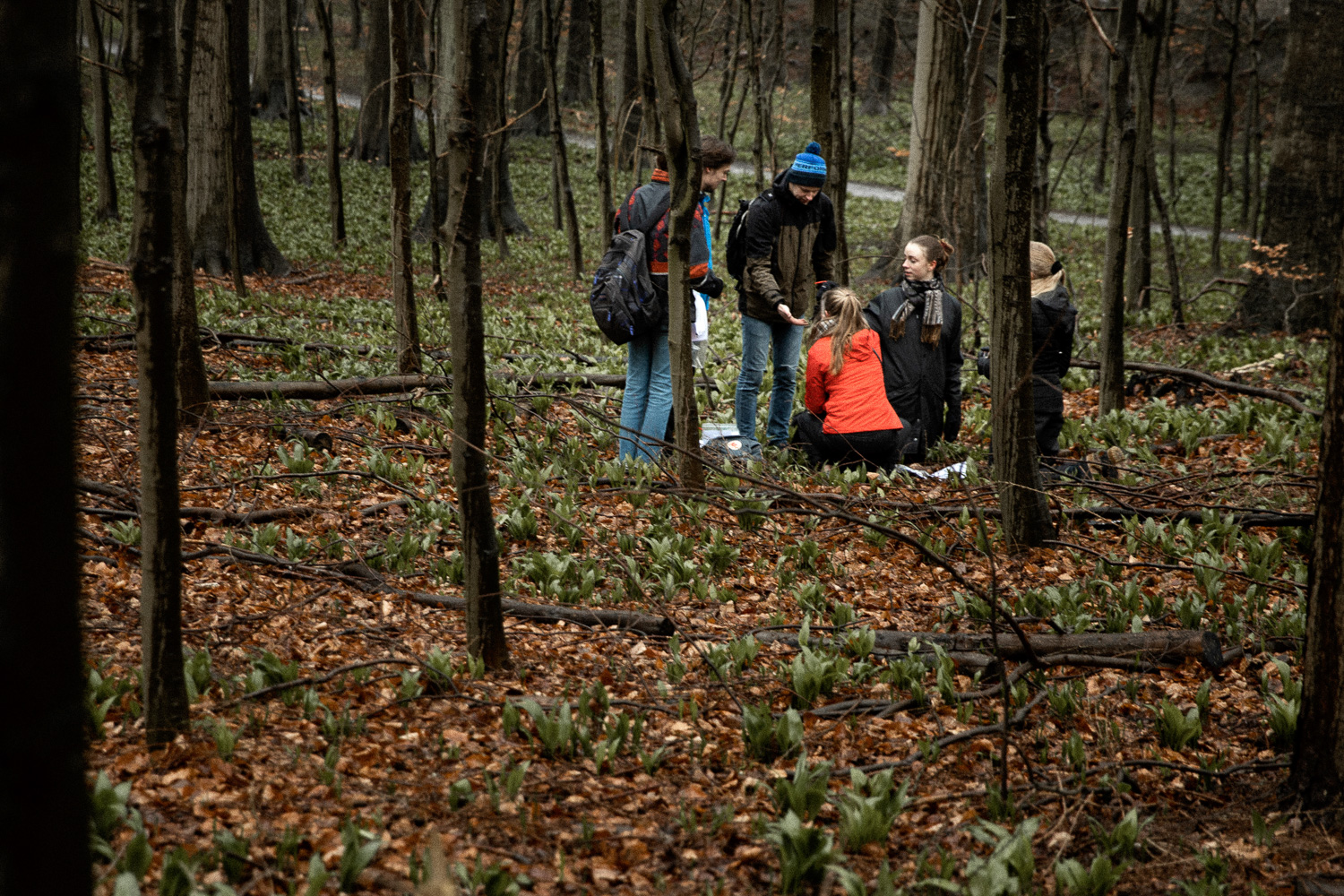Massive grant brings upper secondary school students into the fight against antibiotic resistance
Danish upper-secondary school students can now try their hand at scientific research and perhaps even help in a discovery that could have a major impact on millions of people all over the world. A grant from the Novo Nordisk Foundation has given Aarhus University the opportunity to let school students take part in important research to find new antibiotics.

More than 25,000 Europeans die prematurely every year as a result of infections caused by bacteria that have developed resistance to antibiotics. These infections could previously have been cured, but now we have no effective antibiotics against them because the pathogenic bacteria have developed resistance to the substances that in the past were fatal for them.
But now, for the first time, Danish upper-secondary school students will be able to join the Tiny Earth global initiative, in which researchers and students from all over the world are trying to combat antibiotic resistance by searching for new antibiotics.
Aarhus University is the first Danish university to join the initiative, and a grant of DKK 4.3 million from the Novo Nordisk Foundation has made it possible for upper secondary school students to participate in the project and try their hand at the science in a discovery-based setting.
Assistant Professor Thomas Tørring is heading the university's contribution to the project, and he is optimistic:
"Generally speaking, the whole initiative is about inspiring and engaging young people in the sciences and technology. Remember, that we can only solve this crucial problem for our society through research and development," he says, and continues:
"Antibiotics are found in microorganism all over the world, and there are millions of bacteria that we’re haven’t investigated yet. The ambition of this project is to find new bacteria that can produce new antibiotics, and we’re also looking for these bacteria in the Danish fauna."
There is an urgent need to find new antibiotics according to the World Health Organisation. The WHO says that, in about 20-30 years, bacterial resistance will be so serious that it will cost more lives than cancer, even in the West.
Thomas' research group has already isolated bacteria from soil samples around Denmark. At the same time, the group is developing image recognition, so that new antibiotics can be found much faster than using the normal method, by which each individual sample has to be examined manually.
But no stone can be left unturned in the hunt for completely new antibiotics, and this demands large numbers of soil samples from all over the world.
"We need an awful lot of soil samples and lots of data if this is to succeed. But that’s the good thing about crowdsourcing initiatives like this: You can reach out to so many more than just a small research group," he says.
He therefore hopes that upper-secondary schools all around Denmark will be able to see the potential of the project and join in the hunt for the medicine of the future.
Facts about antibiotics
Antibiotics are molecules which either inhibit or kill microorganisms. The best-known antibiotic is penicillin, which was discovered back in 1928 by accident by Alexander Fleming at St. Mary's Hospital in London.
The discovery sparked off a race to find new types of antibiotics to help humanity against many different diseases. This gold rush culminated in "the golden age" of antibiotics from the 1950s to the 1970s.
But all this has changed.
Many of the major pharmaceutical companies have withdrawn completely from the struggle to find new antibiotics, because it is simply too difficult, and because the financial incentive is not very strong. The price structure for antibiotics means that, even if you discover an entirely new antibiotic that can kill all diseases, it would take far too long for the product to be the first choice. Therefore, it is not financially attractive for pharmaceutical companies to find new antibiotics.
Facts about Tiny Earth
Tiny Earth was launched in June 2018, and it is a global crowdsourcing initiative bringing together thousands of researchers, teachers and students at different educational levels to find new antibiotics in nature around the world. The program is head-quartered at UW-Madison’s Wisconsin Institute for Discovery.
The aim of the initiative is also to inspire young people to pursue a career in the STEM subjects (science, technology, engineering, mathematics) by presenting them with some of the major issues they can actually help to solve via these subjects.
The Tiny Earth concept provides young people with an opportunity to make exciting discoveries and thereby become acquainted with the scientific method. The sense of making discoveries that can actually make a difference generates enthusiasm across the Tiny Earth network, and it is a great motivating factor for participants.
Approximately 10,000 students from 15 different countries are taking part in the project.
Contact
Assistant Professor Thomas Tørring
Aarhus University
Mail: thomast@eng.au.dk
Tel.: +45 61718186
